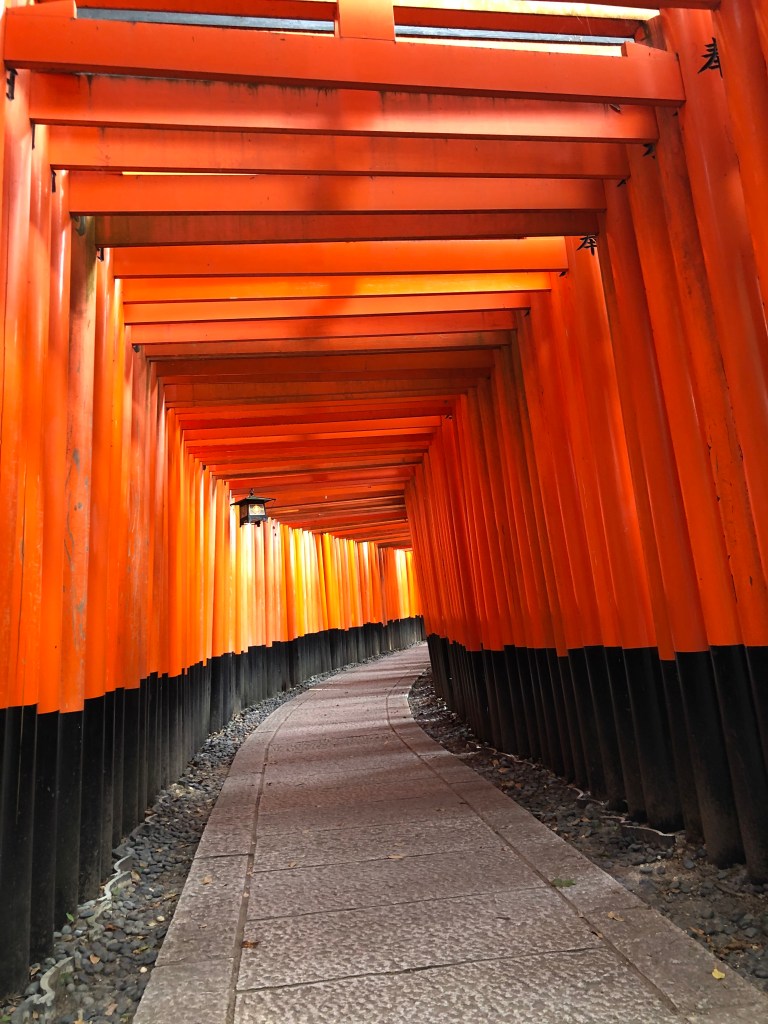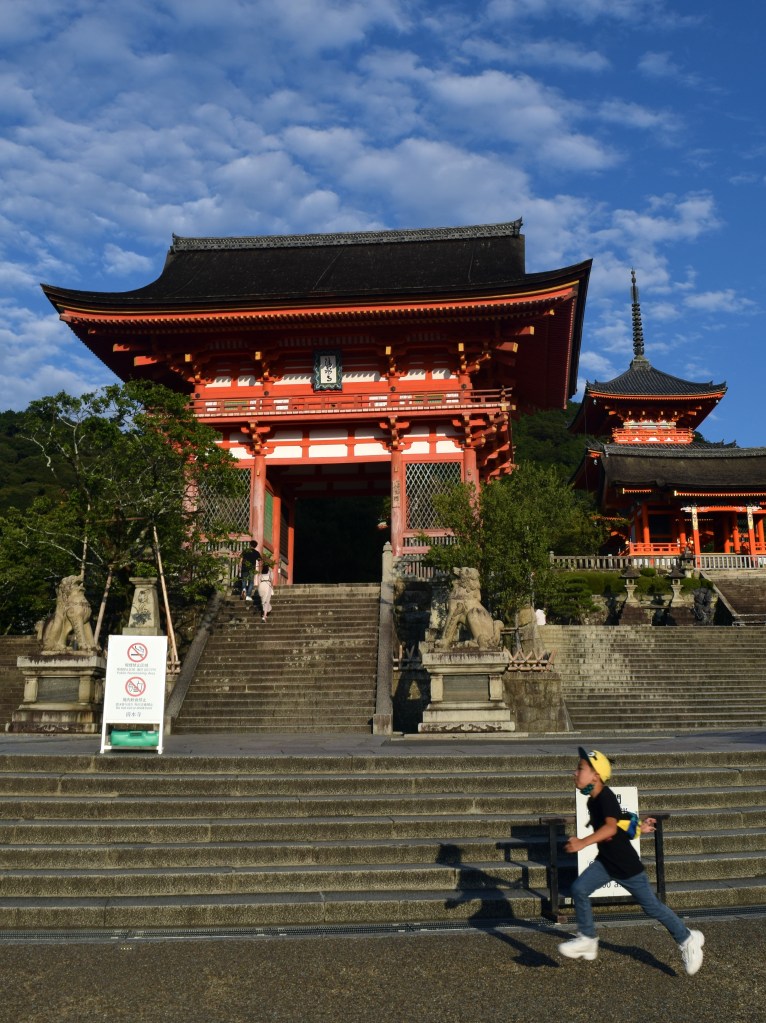Don’t know what a 52 Fuji is? Check out this page.
Quite a long post this one – although it is split into titled chunks for your reading pleasure.
JR Fujinomori
So there I was, kind of locked down in my apartment, but not really because Japan decided to get on with that whole life-as-usual thing a lot faster than a lot of other places, and bizarrely, it seems to still be (kinda) working.
The deadline I’d set myself for finishing the Fujis came and went. The date for my flight out of Japan came and went. A lot of my savings just, well, went.
I was luckier than a lot of people, and I know this. I had a roof over my head, money to tide me over, and nobody to worry about except myself.
Japan’s bizarre not-really-a-lockdown and not-really-even-a-pandemic settled into a steady not-quite-rhythm around about the start of the summer. Pretty much every event was cancelled: there would be no Olympics and, there would be no festivals. Mount Fuji’s climbing season didn’t happen. People were encouraged to stay at home and to telework as much as possible, although more often than not they would be relying on incredibly old-fashioned bosses bound by equally archaic bureaucracy to make that latter call. Schools went back, with heaps of new rules to be enforced: Happy Birthday would be sung twice while you scrubbed your hands, students wouldn’t face anyone in class while talking to them and those damn masks should never, ever leave your physog, on pain of punishments undetermined as of yet. Trains would have the windows open while running the A/C. Every shop had hand sanitizer; weird PVC curtains made it out of the basement and into the light, providing a barrier between cashier and customer that stopped saliva but also sound, changing a lot of transactions into weird games of gesturing and rephrased requests. Things became very different, very fast.
I bided my time until it seemed as safe as it was going to get. After a five month hiatus I decided I would venture out into this different world, all the way to Kyoto, to correct a mistake I made in 2006.
You may recognize the name Fujinomori. Seems like in my numerous failures to search for stations named ‘Fuji’, it never occurred to me to add JR to the front of any of them. I mean, why would it? There are hardly any stations named JR what have you; and when I say hardly any, I mean 11. There are 8579 stations in Japan. So JR whatever stations make up a statistically insignificant 0.01%.
Problem is for someone with the completionist disease like myself, there is no such thing as statistical insignificance. I was also pretty embarrassed to have missed this one, so it was kind of essential I didn’t just pretend it didn’t exist.

JR Fujinomori is, after all, a mere ten minute walk from the fourth Fuji I ever visited, way back in 2006, Keihan Fujinomori. It was fourteen years (14!!!!!!) before I realized I’d missed the JR station up the road. Oh well. Better late than never.
JR Fujinomori is in a quieter part of town. A long hill rolls down to the main drag with houses on one side: there’s a large shrine on the other. At the bottom of the hill, you come to a convenience store at a T junction. Turn right here to make your way to the Keihan station, along a street that’s a fun mix of old style Japanese stores, some funky looking apartment buildings and a couple of office buildings.

Coming back to the Keihan station after all this time was kind of cool: it hadn’t changed much but Keihan had upgraded their signs and there was a cleaner, sleeker look about the way the station was presenting itself these days.

Nothing particularly remarkable about the place. It wasn’t even as hot as I remembered Kyoto being during the summer months. I might be acclimating.
After travelling 460km across the country to walk 10 minutes between two stations connected by a name and a ridiculous list I made up fifteen years ago, I was pretty much finished and returned home.
Nah, I’m just kidding. I spent a couple of days in Kyoto, taking advantage of the emptiness of the place to visit a place I’d never been to and revisit a couple of old favourites.
Fushimi Inari Shrine

This is, like the Chureito Pagoda, one of those photogenic-sums-up-the-mystical-magic-of-Oriental-Japan kind of places. You’ll no doubt be familiar with the image of the red torii extending in long rows up and up through bamboo groves. You might even know a bit about Inari herself / himself / themself – the god/goddess/kami of prosperity, rice and tea, who also protects foxes (hence all the fox statues in Inari shrines).
For whatever reason, I had never been to this shrine, in all my trips to Kyoto. Perhaps a pandemic was the best time to visit, because nobody was getting in my photos and I didn’t have to watch out to make sure I wasn’t doing likewise.
I decided to walk the whole way up the hillside like a proper pilgrim, as the wind slowly got up and the sky darkened, the bamboo clattering away as I neared the mountaintop shrine which, sadly, affords no view at all of the surrounding countryside, although I got a good view of the storm rolling in from the west and realized I’d have to move a bit quicker on my way down.

Ginkaku Temple

On the other hand, Ginkaku-ji, nestled up right close to Kyoto’s eastern mountains, is strikingly mellow. Ginkaku-ji, the Silver Pavillion, is not to be confused with the Golden Pavillion, Kinkaku-ji, which is probably a bit more famous and is certainly plenty shinier. Once you’ve entered the gardens and taken a moment to just soak up the atmosphere, it feels like a curtain of contemplation has descended.
This sense of peace is appropriate for a retirement villa, built for a shogun, in the grounds of a zen temple.
It was modelled on its similar sounding cousin down the road, but a lot of people prefer silver over gold. I consider myself among them: more meditation, less ostentation.
If you’re up for more physically oriented meditative contemplation, there’s a hiking trail with great views just to the left of the main entrance to Ginkakuji, that’ll take you up a mountainside where, every summer during O-bon, the kanji which starts that word is set ablaze.

Kiyomizu Temple
Kiyomizu-dera is one of those ‘must visit’ temples that everybody does when they go to Kyoto. I wasn’t really planning on visiting it this trip but I had some time and wasn’t far away, so thought I’d take the plunge, as the saying goes.

A saying which (totally smooth segue time) has an equivalent in Japanese, ‘to jump off the stage at Kiyomizu-dera’. If you make a wish, jump off the platform that extends out from the main temple hall, and (this is perhaps most important) survive the ten metre fall – your wish will come true.

People did actually use to do this; until the government stepped in and outlawed the practice. I feel like the kind of people who need a law to stop them from doing something this ridiculous are not the kind of people who typically follow laws, but I also can’t say I’ve heard of anyone doing this recently, so your mileage may vary.

FUJIS LEFT AT THE END OF AUGUST 22nd, 2020:
5/60
Leave a comment